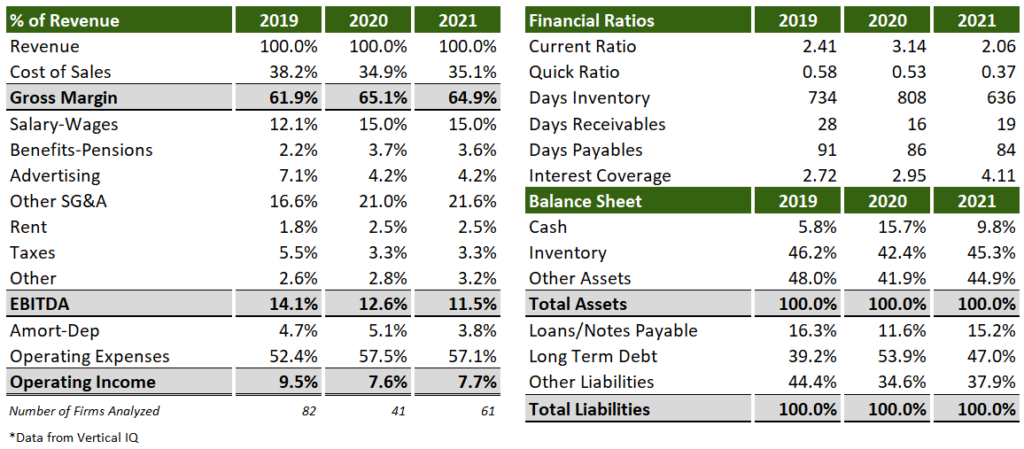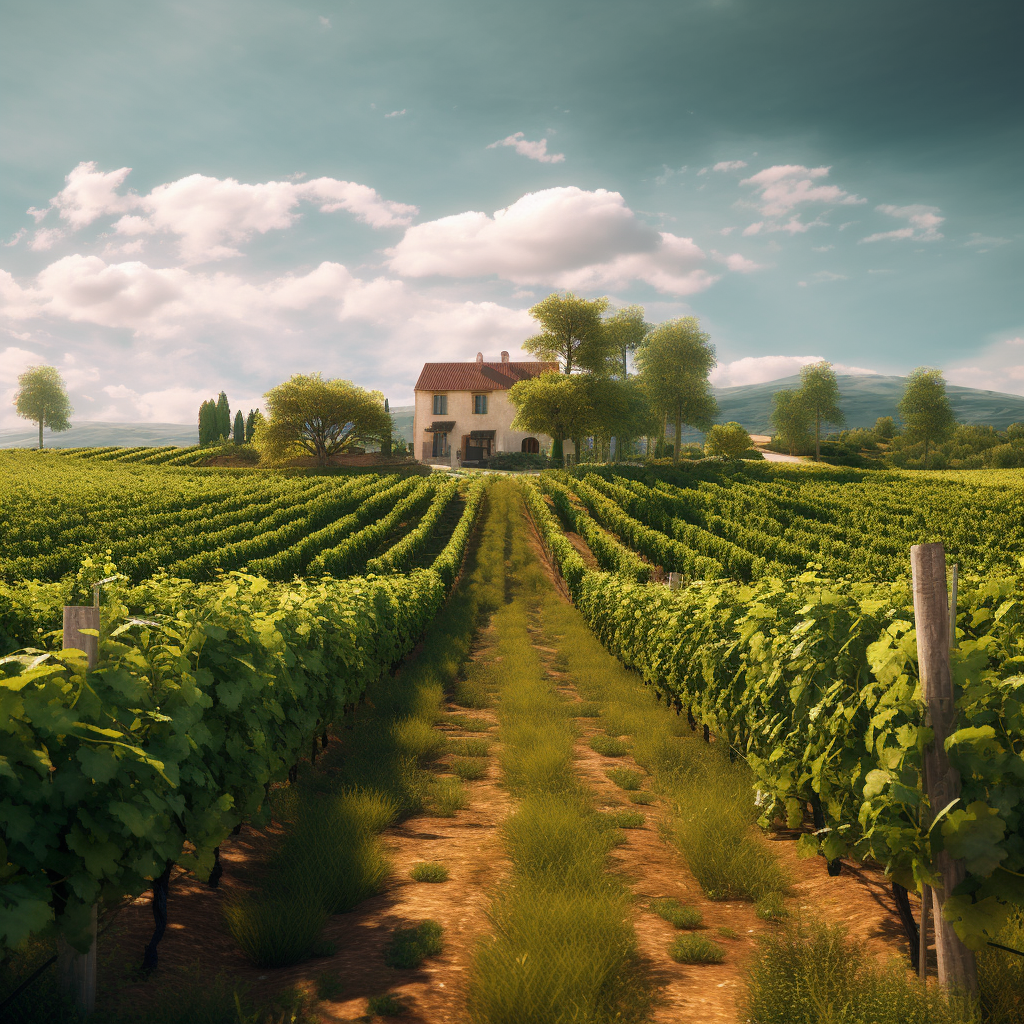What’s in this edition:
- News/Publications to follow
- Financial considerations for your winery business plan
- Industry metrics for guidelines
Public Information to Follow
Financial Considerations for your Business Plan
Long lead times to produce
Wineries have a lot of money tied up in their inventory because it takes a long time to grow and age wine. New vineyards can take up to three years to produce a harvestable crop, and premium wines can take up to five years to age before they’re ready to sell. Because of these long lead times, wineries often need short-term financing to cover the costs of production until they can start selling their wine.
Weather conditions
The quality and quantity of grapes harvested each year can vary depending on the weather. A lean harvest can cause grape prices to rise and make it difficult for wineries that grow their own grapes to produce as much wine. The quality of the grapes is also affected by growing conditions, and assessments of whether it was a “good” or “poor” year for grapes can affect how much wineries can charge for their wine. Several poor harvests in a row can lead to financial problems for small wineries that sell premium wines.
Potential equipment purchases could include:
- Destemmer/Crusher: $1,500 – $50,000 There are two main types: mechanical and pneumatic. Mechanical destemmers use rotating drums or paddles to separate the berries from the stems. Pneumatic destemmers use air to blow the berries off the stems.
- Oak Barrels: $250 – $500 per barrel Oak barrels are used to store and age wine. The oak imparts flavor and aroma to the beverage, and the barrels also help to improve the aging process.
- Plastic Maturation Tank: $2,000 – $4,000 A large, cylindrical tank made of plastic that is used to store and age wine in a winery.
- Bottle Filling Machine: $1,000 – $5,000 Different types include gravity-fed bottle fillers, positive displacement bottle fillers, and Vacuum bottle fillers.
Profit drivers
- Managing vineyard costs – Wineries that own or lease vineyards have to invest a lot of money in land improvements, like terracing, trellis structures, and irrigation systems. Wineries also have to invest in a lot of machinery and equipment for cultivating, harvesting, crushing/fermenting, bottling, and packaging their products. Successful vineyards must closely monitor their costs per acre for water, fertilizer, and cultivating labor; as well as grape yields per acre compared to the cost of purchasing grapes from independent grape growers.
- Managing Production and Aging Costs – Wine production is a complex process that can take several years. The type of wine and the desired flavor profile will determine how long each step takes. Sparkling wines require even more time, as they must be processed and aged twice. All of the costs associated with wine production are added to inventory and then included in the cost of sales when the wine is sold. This means that wineries need to carefully manage their production costs, especially for long-lead-time wines.
Recent Industry Metrics (Companies <$5M revenue)

Highlights from this vertical analysis and financial ratios:
- Days receivables declined 32.1% from pre-pandemic.
- Inventory will be worth more than the fixed assets of the winery.
- While not presented above, revenues have declined from 2020 into 2021.
If you liked this, subscribe to my newsletter below!
For more information on building financial models see here.
Please contact me here if you found this useful or want more information.

